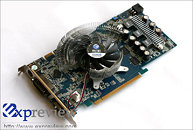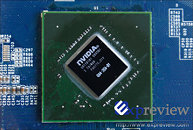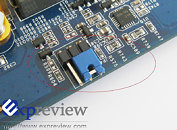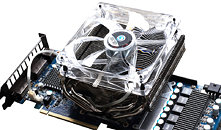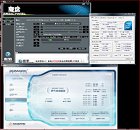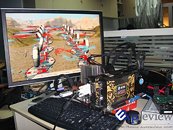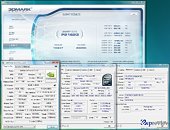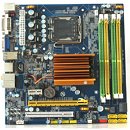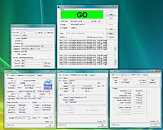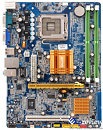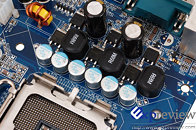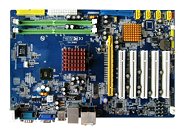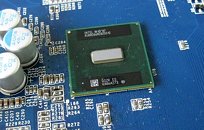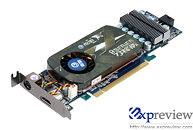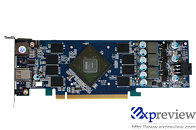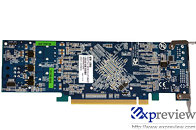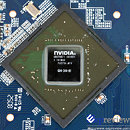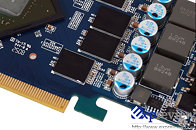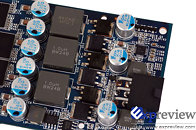
Galaxy GeForce 9600 GT Green Edition Pictured
The GeForce 9600 GT Green Edition is NVIDIA's newest SKU that is based on an energy-efficient variant of the GeForce 9600 GT graphics processor. The SKU maintains the G94 GPU design, except for that it is built on the newer 55 nm silicon process (model: G94-350-B1), that is expected to add to its energy efficiency, also that the GPU makes do with a lower core voltage of around 1.0V from its original 1.1V figure on the 65 nm variant. At its default voltage setting the GPU uses reference clock speeds of 625/1625/900 MHz (core/shader/memory).
Galaxy designed its first accelerator based on the new GPU, to which it added its own set of innovations. The card uses a jumper to allow users to manually set the GPU voltage. At its default state (pins 1-2 short), the GPU operates at 1.0V, but when pins 2-3 are short, the GPU voltage enters a "pressurized state" (increases). When the jumper is removed (neither pins short), the GPU voltage plummets to 0.8V. The Galaxy accelerator needs the 6-pin PCI-E power connector for operation. The GPU is cooled by a classic Zalman VF703 Al cooler, while the memory is passively cooled under its air-flow.
Galaxy designed its first accelerator based on the new GPU, to which it added its own set of innovations. The card uses a jumper to allow users to manually set the GPU voltage. At its default state (pins 1-2 short), the GPU operates at 1.0V, but when pins 2-3 are short, the GPU voltage enters a "pressurized state" (increases). When the jumper is removed (neither pins short), the GPU voltage plummets to 0.8V. The Galaxy accelerator needs the 6-pin PCI-E power connector for operation. The GPU is cooled by a classic Zalman VF703 Al cooler, while the memory is passively cooled under its air-flow.
